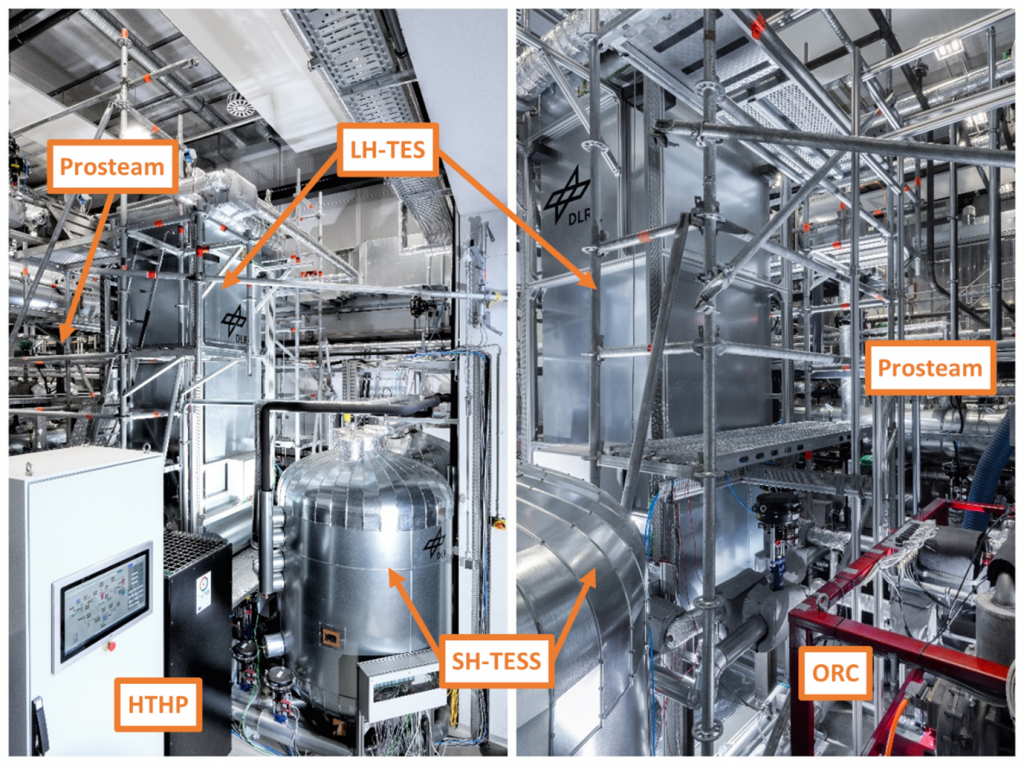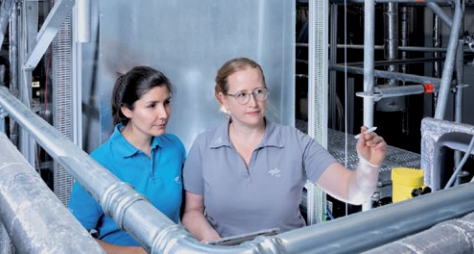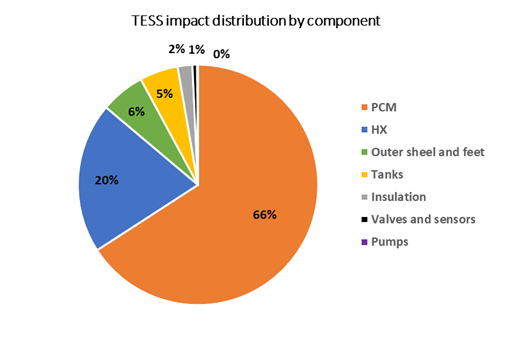After the successful installation and commissioning of the compressed heat energy storage laboratory prototype at DLR, the final tests were carried out both as full and as partial cycles to investigate the system performance. The system consists of three main components: a high temperature heat pump (HTHP), an organic Rankine cycle (ORC), and a high temperature thermal energy storage system (HT-TESS). The latter component consists of the latent heat thermal energy storage (LH-TES) and the sensible heat thermal energy storage system (SH-TESS).

A total of 11 tests were carried out, and six of them were classified as full-cycle tests. The tests include ramp-up, partial charge and discharge trials. DLR used the evaluated experimental data to characterise the overall system performance and the interaction of the individual components. The results show that the theoretical concept of Compressed Heat Energy Storage for Energy from Renewable sources (CHESTER) works successfully at a laboratory scale.
In charging operation of the reference test, as an example, the operation stage of combined operation of the HTHP and HT-TESS was 4.7 h with an average consumed power of 10 kWel and an electrical energy of 45.5 kWhel. During discharging in this test, the combined HT-TESS and ORC operation with a duration of 1.6 h provided 10.9 kWhel at a power between 5 and 8 kWel. From all the tests, the maximum generated electrical power reached 9 kWel.
The roundtrip efficiency of the CHESTER laboratory prototype is estimated based on combinations of average, maximum and minimum operating conditions of the HTHP, ORC and HT-TESS. The calculated roundtrip efficiencies for the 10 kWel prototype, defined by the product of the efficiencies of the main components are in the range of 17.9% to 37.2%. This is limited due to the small size of the prototypes. Estimations for large scale systems based on the current prototypes and optimizations that are deemed significant and feasible, efficiencies in the range of 68% would be attainable.

In general terms, the testing of the three components integrated into the CHEST prototype proved the capabilities and suitability of these technologies and feasibility of this application. Further development of these technologies and the concept on a larger scale seems to be very promising, and the main points for future improvements are clearly identified. It is believed that the HTHP, HT-TESS and ORC technologies can be effectively adapted to the characteristics of future CHEST systems.



